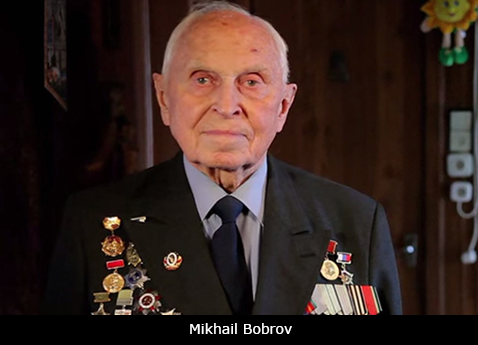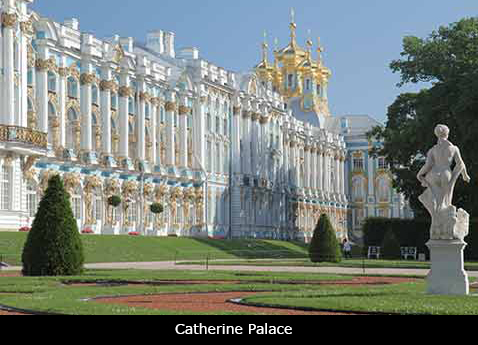THEN AND NOW: ST. PETERSBURG


THEN:
“The enemy is at the gate. It is a question of life and death.” These were the words of one Soviet leader as German troops surrounded Leningrad (the former name of St. Petersburg), cutting off supplies and communication. Between 1941 and 1944, more than half a million people perished during the 900-day siege of Leningrad.
During the freezing winters, people burned furniture and floor boards for fuel. Lack of food led to the deaths of hundreds of thousands of people, and shocking reports emerged of people hunting cats and dogs, and workers eating grease from bearings on factory machines and drinking oil from oil cans, such was their hunger. The siege finally ended after the Germans retreated in the face of the Red Army, and the city was left to pick up the broken pieces.
NOW:
Rich in culture, architecture and, of course, history, St. Petersburg is a city to rival the most beautiful in Europe. Visit the impressive sculptures and obelisk at the Monument to the Heroic Defenders of Leningrad on Victory Square (Ploschad Podeby). For art, head to the Hermitage where you could spend days wandering its palatial rooms and still not see everything. For ballet and opera, head to the Mariinsky Theatre.
For picture-perfect views, stroll along the elegant canals crisscrossed by hundreds of bridges, and see why St. Petersburg is named ‘the Venice of the North’. For jaw-dropping splendour, head to Catherine Palace. And for the most exciting evenings, visit in July, the time of the city’s legendary White Nights when the northern sun barely falls below the horizon.
See how you can explore the Hermitage on a personalised, after-hours tour >
Enjoy three days to explore St. Petersburg on Viking’s Waterways of the Tsars cruise >
MORE IN THIS MONTH'S AMULET:
I ♥ Cologne
The Ship is The Star
Three of the Best: Travel Umbrellas
